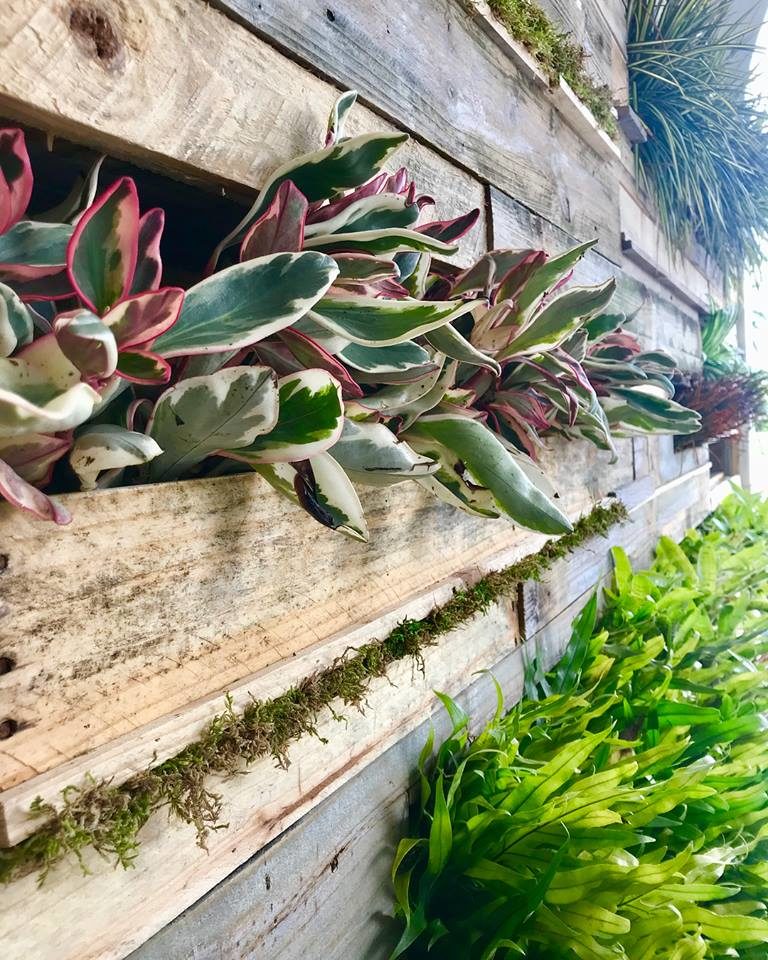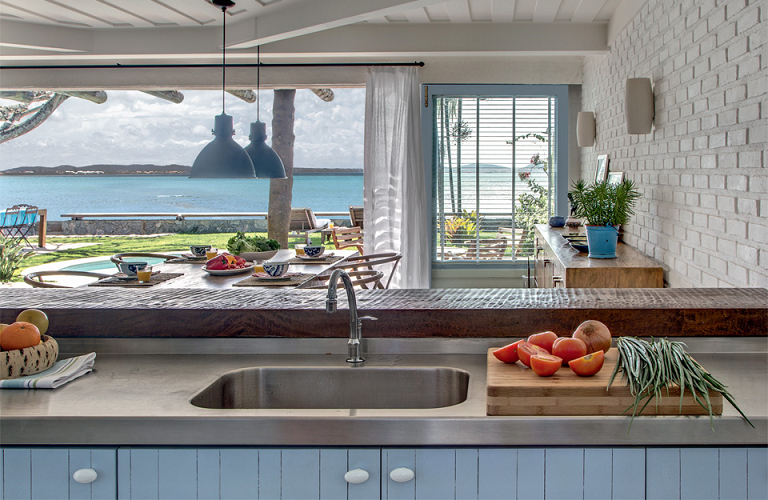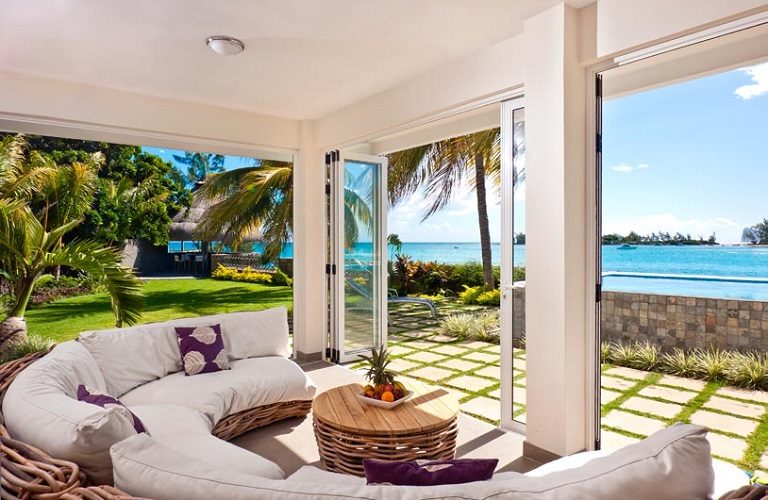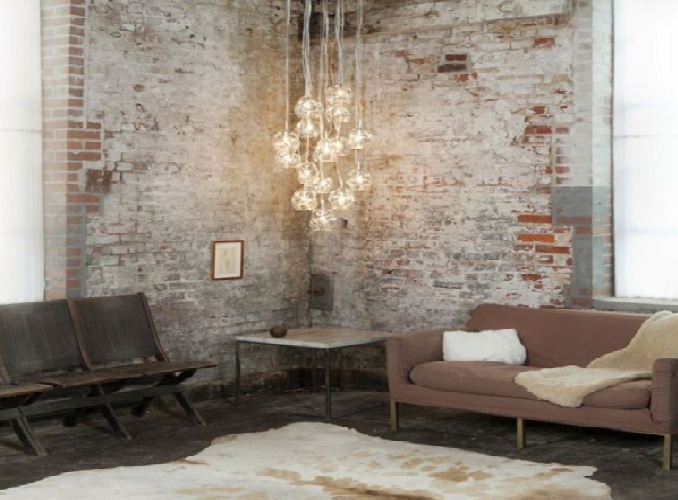Using reclaimed wood is a very sustainable approach. Old wood, such as barn board can be re-finished and cut to make new wood flooring, kitchen cabinets, or cladding.
You could also choose to use recovered wood from trees that have been cut down for other purposes; for example, clearing forest for building land. In this case, you can achieve perfect consistency in your finished product while knowing that the wood you’re using would otherwise have gone to waste.
Of course, both the options above are likely to be limited and harder to find than wood that comes from trees specifically harvested for that purpose. The next best option is to look for wood that is guaranteed to be sustainably sourced, and ideally, is sourced locally. The Forest Stewardship Council (FSC) and Sustainable Forestry Initiative (SFI) both have certification schemes for wood from sustainably managed forests.
An oasis in paradise
Architect Mauro Cid of CID Arqitetura renovated an old house in Manguinhos, Brazil into an oasis.
I love the open space and the amazing views..!
Would you like to have an Indian ocean environment all the time inside your very own house? We will give you the idea on making a Mauritius Beach House Design that you can do to make your own house looks like you are forever in Mauritius, the beautiful and tropical place.
Its very name of conjures up images of tropical luxury and stupendous extravagance. While in many destinations famed for cobalt-blue seas, white sandy beaches and luxury hotels, the island is loaded with historic sights, cultural diversity, but perhaps its single biggest asset is the relaxed charm of its warm and welcoming people.
The island of Mauritius was apparently uninhabited until 1638. It was then that the Dutch, under the Dutch East India Company, made their first attempt to colonize the land, named after the prince of Denmark, Maurice of Nassau. The people of Mauritius are descendants of European (mostly French) settlers, the Franco-Mauritians; African slaves and creoles, the Afro-Mauritians; Chinese traders, the Sino-Maurtians; and Indian laborers, the Indo-Mauritians. Such cultural diversity and geographic isolation have led to a nationalized sense of pride. There is unity in being a Mauritian despite not having a shared language and customs. For this reason Mauritius is often considered a global example of successful cultural integration.
A Mauritius style house is a beautiful way to bring Indian Ocean architecture into the home. Their unique architecture is known for sharp roofs, long balconies, and canopies. Many of the traditional creole houses have been replaced in places by newer materials and designs. The government, in recognition of the heritage of the older houses, has campaigned to save their designs.m.
Industrial style was born within the commercial market when old, bare warehouses and similar structures became new shops, offices, restaurants, even apartments. Rather than demolish the remaining essence of the warehouse, designers began to embrace the rawness and conscientiously construct a style around it. Industrial style is known for its utter lack of pretense, for its salvaged utilitarianism, and for its exposed architecture.
The architecture of industrial style emphasizes a stripped-down infrastructure – the more exposed and raw, the better. Unfinished walls, aged brick, metal ductwork, bare windows, and exposed beams pay stylistic homage to the skeleton that supports the structure overall. Often, industrial-type floors (think concrete, wood, or other pragmatic, non-flashy surfaces) are kept bare.







